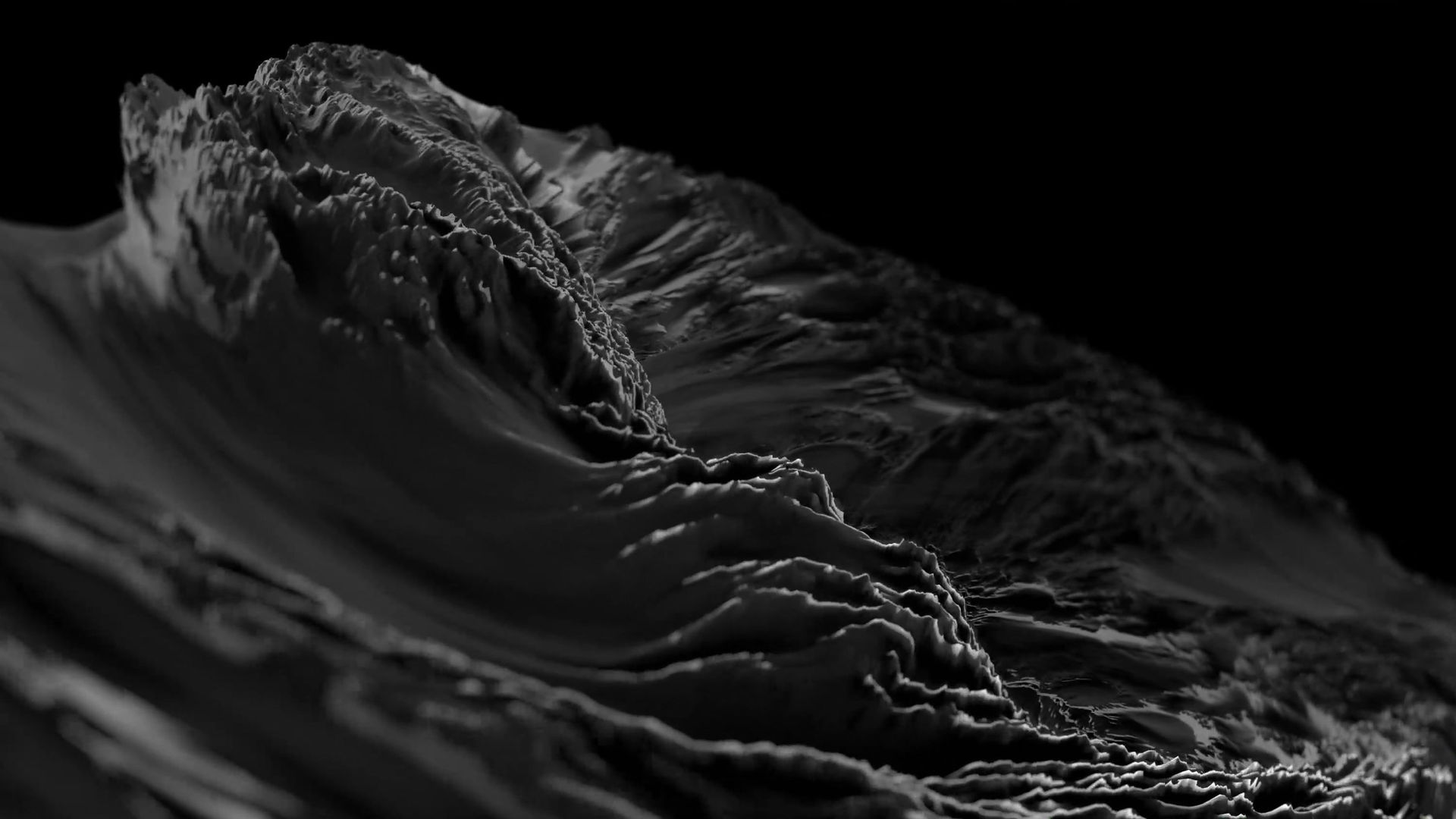2021
THIS PLACE IS A MESSAGE
Concrete cubes with entombed black and white 35mm films, rusted steel plates, 2-channel sound composed by Andrew Paul Keiper
Installation: 99 ft. x 6 in. x 6 in. (108 of 6 in. cubes)
Site Specific Installation at ArtYard: Contemporary Art Center, NJ
Press release:
In this outdoor installation, Ito and Keiper create a work about the necessity of remembering, even as time corrodes our grasp on the past. The work is constituted by 108 six-inch concrete cubes arranged in a line the length of a B-29 bomber pointing both at the cemetery across Trenton Avenue and towards Hiroshima, as well as a soundscape that evokes the Midvale Steel Works. The concrete of the cubes suggests the substance of tombs, structures used to contain nuclear waste and nuclear accident sites such as Chernobyl, as well as bunkers and bomb shelters.
Each cube entombs a roll of 35mm film which Ito exposed using materials and methodology that represent his inherited irradiated trauma originating from what his grandfather experienced in Hiroshima, including hair, rainwater and sunlight. The images Ito captured on the film within the cubes are known only to him, and could only be revealed by destroying the cubes.
The soundscape portraying Midvale Steel, once located down the Delaware River in the Nicetown neighborhood of Philadelphia, acknowledges the work of Keiper’s grandfather, an engineer who worked as a radiologist at Midvale, which provided key elements of both the atomic bomb dropped on Hiroshima on August 6, 1945 and the device tested in New Mexico for the Trinity Test on July 16, 1945.
Across their work together, Ito and Keiper remind us of the past, even as they insist on the ongoing threat posed by nuclear weaponry. They aspire for their work and their collaboration to embody the possibility of peace for the future, despite the weight of history and conflict.




2021
THIS PLACE IS A MESSAGE
Concrete cubes with entombed black and white 35mm films, rusted steel plates, 2-channel sound composed by Andrew Paul Keiper
Installation: 99 ft. x 6 in. x 6 in. (108 of 6 in. cubes)
Site Specific Installation at ArtYard: Contemporary Art Center, NJ
Press release:
In this outdoor installation, Ito and Keiper create a work about the necessity of remembering, even as time corrodes our grasp on the past. The work is constituted by 108 six-inch concrete cubes arranged in a line the length of a B-29 bomber pointing both at the cemetery across Trenton Avenue and towards Hiroshima, as well as a soundscape that evokes the Midvale Steel Works. The concrete of the cubes suggests the substance of tombs, structures used to contain nuclear waste and nuclear accident sites such as Chernobyl, as well as bunkers and bomb shelters.
Each cube entombs a roll of 35mm film which Ito exposed using materials and methodology that represent his inherited irradiated trauma originating from what his grandfather experienced in Hiroshima, including hair, rainwater and sunlight. The images Ito captured on the film within the cubes are known only to him, and could only be revealed by destroying the cubes.
The soundscape portraying Midvale Steel, once located down the Delaware River in the Nicetown neighborhood of Philadelphia, acknowledges the work of Keiper’s grandfather, an engineer who worked as a radiologist at Midvale, which provided key elements of both the atomic bomb dropped on Hiroshima on August 6, 1945 and the device tested in New Mexico for the Trinity Test on July 16, 1945.
Across their work together, Ito and Keiper remind us of the past, even as they insist on the ongoing threat posed by nuclear weaponry. They aspire for their work and their collaboration to embody the possibility of peace for the future, despite the weight of history and conflict.






© 2023 by Kei Ito.
Created on Editor X.
Sungazing
2015 - Ongoing
108 of 8”x10” prints, Scroll: 12” x 150’ to 220’ depending on the edition
On August 6th 1945, at 8:15 AM, my grandfather witnessed a great tragedy that destroyed nearly everything in Hiroshima. He survived the bombing, yet he lost many of his family members from the explosion and radiation poisoning. As an activist and author, my grandfather fought against the use of nuclear weaponry throughout his life, until he too passed away from cancer when I was ten years old. I remember him saying that day in Hiroshima was like hundreds of suns lighting up the sky.
In order to express the connection between the sun and my family history, I have created 108 letter size prints and a 200 foot long scroll, made by exposing Type-C photographic paper to sunlight. The pattern on the prints/scroll corresponds to my breath. In a darkened room, I pulled the paper in front of a small aperture to expose it to the sun while inhaling, and paused when exhaling. I repeated this action until I breathed 108 times. 108 is a number with ritual significance in Japanese Buddhism; to mark the Japanese New Year, bells toll 108 times, ridding us of our evil passions and desires, and purifying our souls.
If the black parts of the print remind you of a shadow, it is the shadow of my breath, which is itself a registration of my life, a life I share with and owe to my grandfather. The mark of the atomic blast upon his life and upon his breath was passed on to me, and you can see it as the shadow of this print.



















































